SPADEX (Space Docking Experiment) is one of ISRO’s most significant steps towards developing autonomous docking technology, crucial for India’s growing space ambitions. Docking systems allow two spacecraft to connect in orbit, enabling critical operations like assembling space stations, refueling, or transferring astronauts and cargo. SPADEX is key to achieving India’s long-term space exploration goals, including manned spaceflight, satellite maintenance, and future space station construction.
The mission involves two vehicles—‘Chaser’ and the ‘Target’—coming together and connecting in space. It will also test how well the combined spacecraft maintains stability and control after docking, ensuring smooth operations for future missions.
Once docked, the two spacecraft will later separate to perform additional tasks. This experiment is crucial for ISRO to develop the skills needed for advanced missions, such as human spaceflight and lunar sample returns. Mastering these docking and rendezvous techniques is essential for the success of such ambitious operations.
Hyderabad-headquartered Ananth Technologies, an aerospace and defence company, successfully completed the satellite integration project for ISRO. This also marks a private player joining the SPADEX Mission. Ananth Technologies Private Limited (ATL) successfully assembled two 400 kg satellites for ISRO and delivered them to the UR Rao Satellite Centre (URSC) in Bengaluru. This centre is responsible for designing and developing satellites for various space missions. “We have been manufacturing electronic subsystems for ISRO since 2000 and have been an integral part of every Indian space programme over the last two decades,” Subba Rao Pavuluri, chairman of ATL, said.
ALSO READ: Why ISRO’s involvement in ESA’s PROBA-3 mission is a milestone
ISRO usually builds its satellites at the URSC. However, for the first time, the complete assembly, integration and testing of satellites have been handled by an Indian private company at a private facility. This change is possible thanks to the recent space sector reforms, which provide more opportunities for private companies to participate in India’s space missions. Since the satellites have arrived at the URSC, they will soon be transported by truck to the Indian Spaceport in Sriharikota. There, they will undergo further testing, be fuelled, and be prepared for launch in the coming months.
“Docking plays a vital role in managing space stations and undertaking complex space projects. Astronauts travelling to a space station depend on precise docking to connect their spacecraft safely, allowing them to transfer smoothly between vehicles. This process ensures a secure journey and helps complete missions successfully, whether the astronauts remain in space or return to Earth,” remarked space expert Girish Linganna.
He said when two satellites approach each other at speeds of around 8 kilometres per second, they must coordinate carefully to avoid a collision. Using cameras or lasers, the lead satellite slows down to allow the trailing one to catch up smoothly. Once aligned, the two satellites connect to form a larger system. These precise connections enable more complex operations and allow multiple components to function together, expanding what can be achieved in space beyond the limits of a single satellite.
“In addition to supporting human spaceflight, docking is critical for constructing larger space structures. By connecting different spacecraft and modules, docking makes it possible to build advanced facilities in orbit and expand space exploration. Without these techniques, large-scale space projects would not be feasible,” added Linganna.
READ MORE: Ananth Technologies successfully completes satellite integration project for ISRO
ISRO has acquired two satellites, each weighing 400 kg, for a SPADEX mission. In this mission, a single rocket will launch both satellites into space, placing them in slightly different orbits. This setup is essential to test how well the satellites can approach, align and dock with each other in orbit, demonstrating key technologies for future missions.
The two satellites, travelling at about 28,000 km/h (or around 8 km per second), will carefully align with each other to perform a ‘space handshake’, where they will connect and attach mechanically, becoming a single unit in orbit. This experiment is important because mastering docking is essential for future missions, such as Chandrayaan-4 and India’s proposed Bharatiya Antariksha Space Station.
The history of docking systems dates back to the Cold War when the Soviet Union achieved the first successful docking in space. On October 30, 1967, the Soviets completed the historic docking of Kosmos 186 and *Kosmos 188—the first fully automated docking between two unmanned spacecraft. This paved the way for later space exploration efforts, including long-term stays aboard space stations. The United States followed this with the Apollo-Soyuz Test Project in 1975, which was the first international docking between NASA and the Soviet space agency, marking a new era of cooperation despite ongoing geopolitical tensions.
Docking technology has evolved considerably since then. Early systems required significant manual input from astronauts, but advances in automation have changed this dramatically. Russia’s Soyuz and Progress spacecraft, which service the ISS, have highly reliable automated docking systems. NASA’s Commercial Crew Program, which relies on spacecraft like SpaceX’s Crew Dragon, also uses automated systems, often with the International Docking System Standard (IDSS) for compatibility across different space missions. China, too, has developed its Tianzhou cargo spacecraft, which docks autonomously with the Tiangong space station, showcasing its growing sophistication in space operations.
“India’s SPADEX experiment is unique because it focuses on developing indigenous, scalable, and cost-effective docking technology. This experiment involves two spacecraft docking autonomously in orbit, demonstrating precision, navigation, and control capabilities critical for future missions. SPADEX is designed to serve a wide range of spacecraft sizes and mission objectives, including potential collaborations for building space stations or deep space exploration,” remarked Srimathy Kesan, founder and CEO of Space Kidz India, which is into design, fabrication and launch of small satellites, spacecraft and ground systems.
India is advancing in space exploration at an accelerated pace. ISRO’s recent successes, such as the Chandrayaan-3 mission, which made a soft landing on the Moon’s south pole, and the launch of Aditya-L1 to study the Sun, demonstrate the agency’s capabilities. “SPADEX aligns with these achievements, reinforcing ISRO’s long-term vision for space exploration, especially as the Gaganyaan mission approaches. Gaganyaan, India’s first manned mission scheduled for 2025, will require docking technology to ensure safe crew transfer and module operations. SPADEX is integral to this, as autonomous docking will be essential for future crewed missions, satellite servicing, and space station operations,” said Kesan.
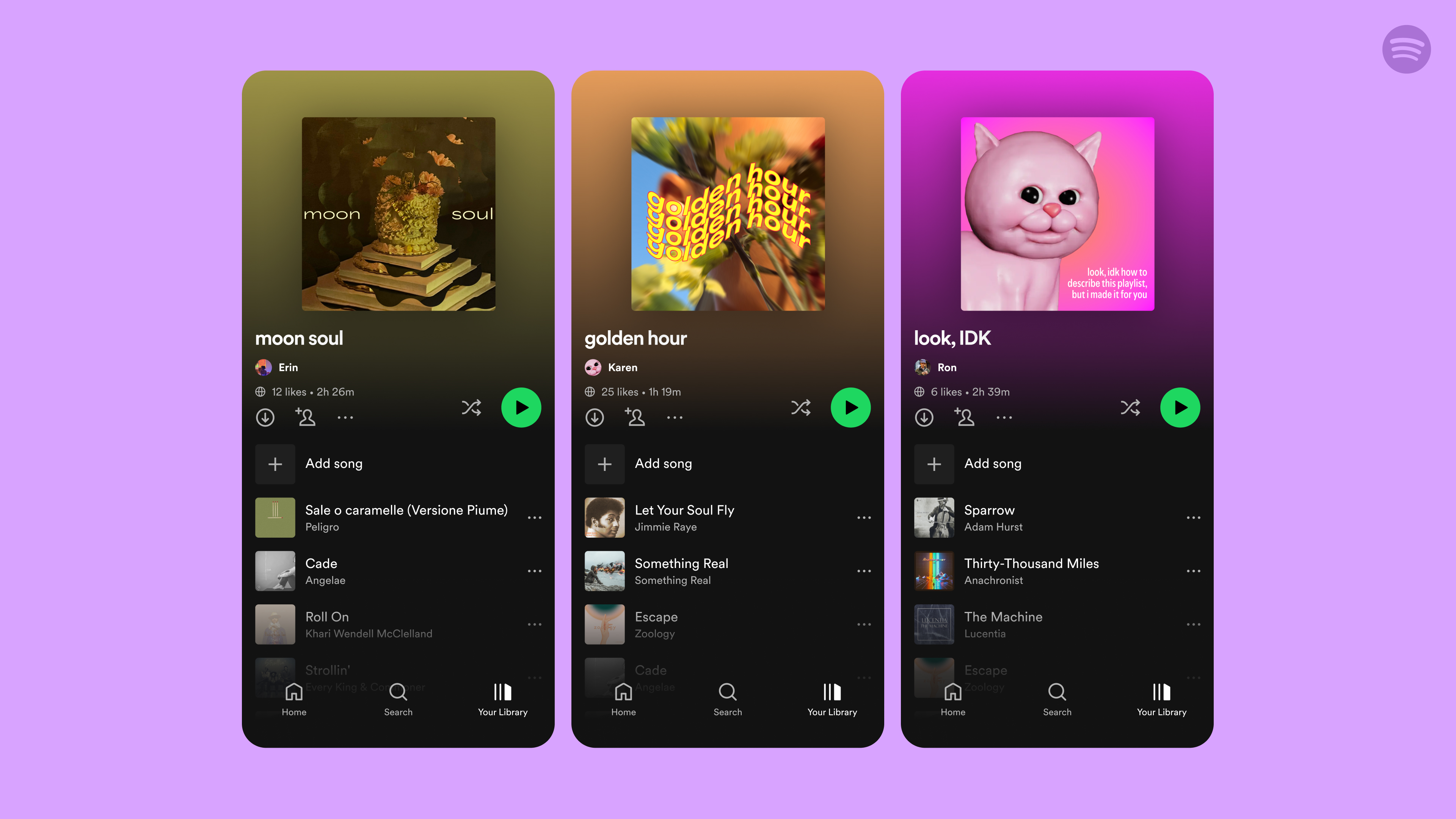


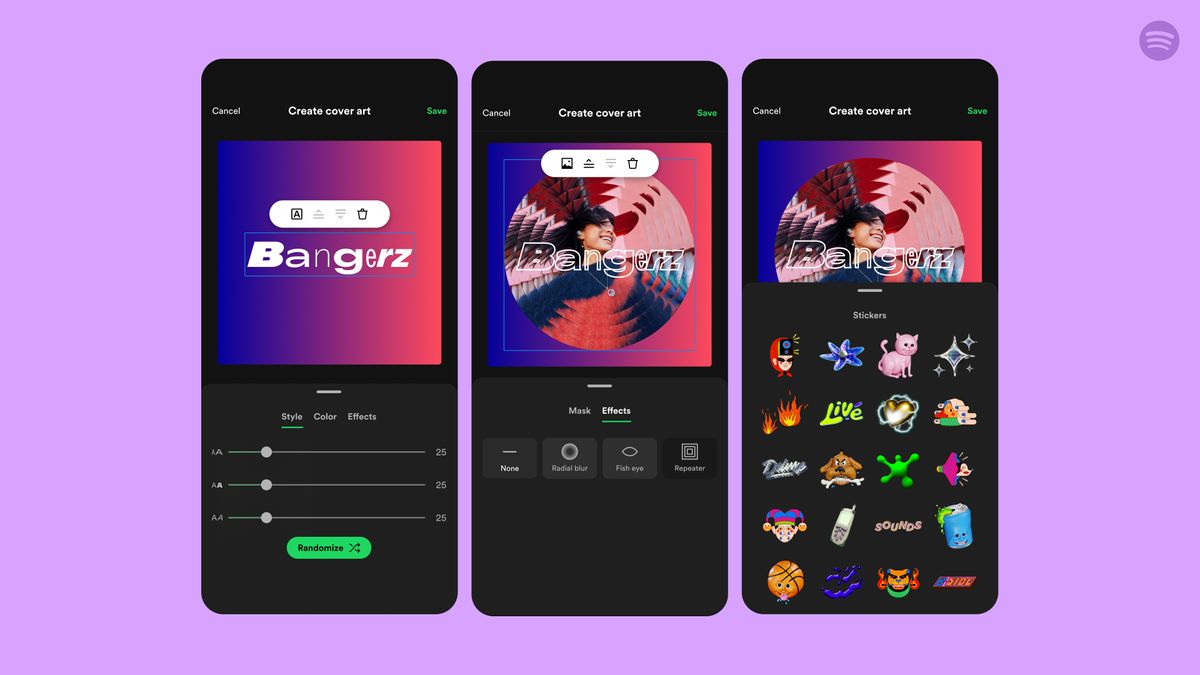




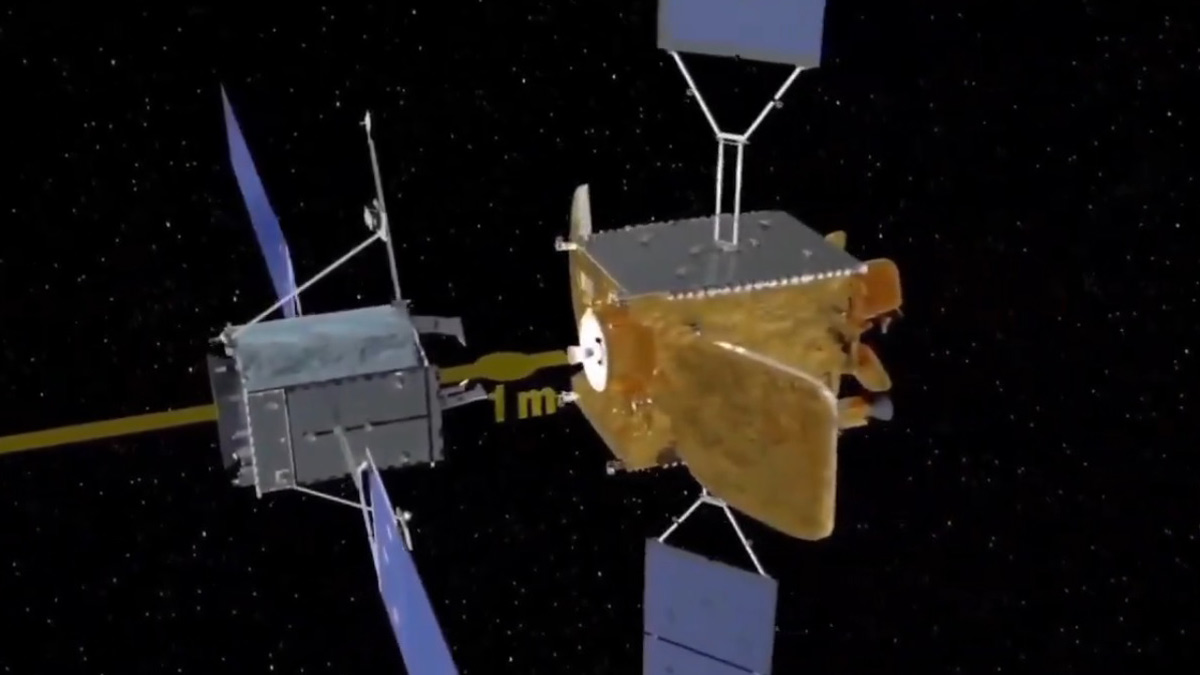
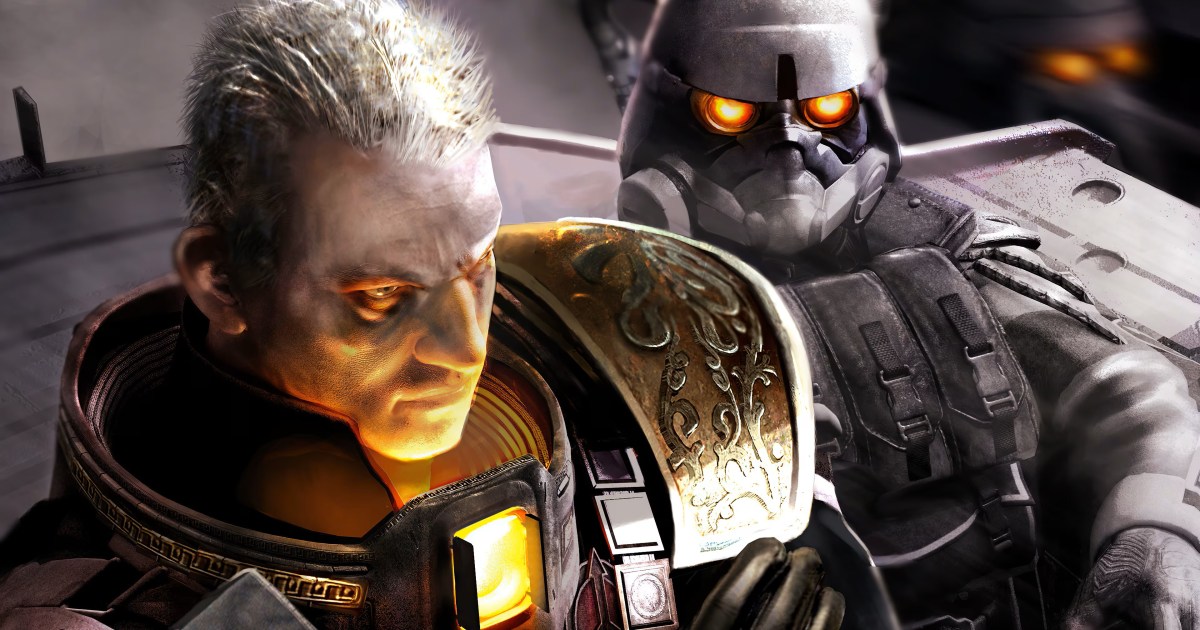

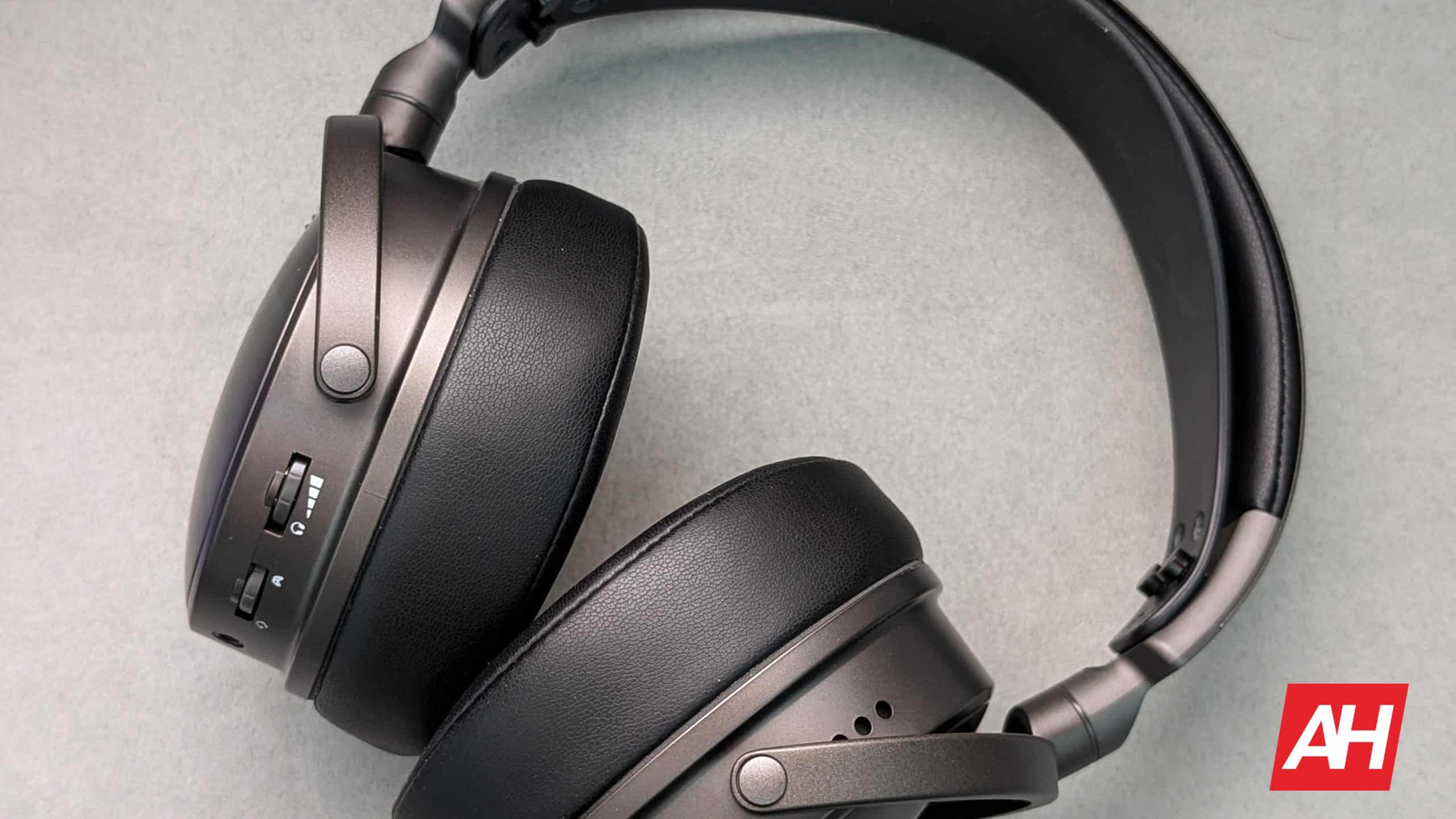


















































































































































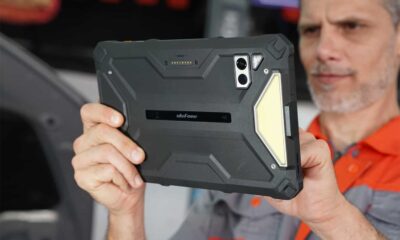









You must be logged in to post a comment Login